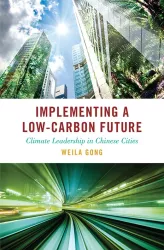
Abstract
We review the capabilities and costs of various lofting methods intended to deliver sulfates into the lower stratosphere. We lay out a future solar geoengineering deployment scenario of halving the increase in anthropogenic radiative forcing beginning 15 years hence, by deploying material to altitudes as high as ~20 km. After surveying an exhaustive list of potential deployment techniques, we settle upon an aircraft-based delivery system. Unlike the one prior comprehensive study on the topic (McClellan et al 2012 Environ. Res. Lett. 7 034019), we conclude that no existing aircraft design—even with extensive modifications—can reasonably fulfill this mission. However, we also conclude that developing a new, purpose-built high-altitude tanker with substantial payload capabilities would neither be technologically difficult nor prohibitively expensive. We calculate early-year costs of ~$1500 ton−1 of material deployed, resulting in average costs of ~$2.25 billion yr−1 over the first 15 years of deployment. We further calculate the number of flights at ~4000 in year one, linearly increasing by ~4000 yr−1. We conclude by arguing that, while cheap, such an aircraft-based program would unlikely be a secret, given the need for thousands of flights annually by airliner-sized aircraft operating from an international array of bases.
Smith, Wake and Gernot Wagner. "Stratospheric Aerosol Injection Tactics and Costs in the First 15 Years of Deployment." Environmental Research Letters, vol. 13. (2018) , doi: https://doi.org/10.1088/1748-9326/aae98d.
The full text of this publication is available via Environmental Research Letters.





